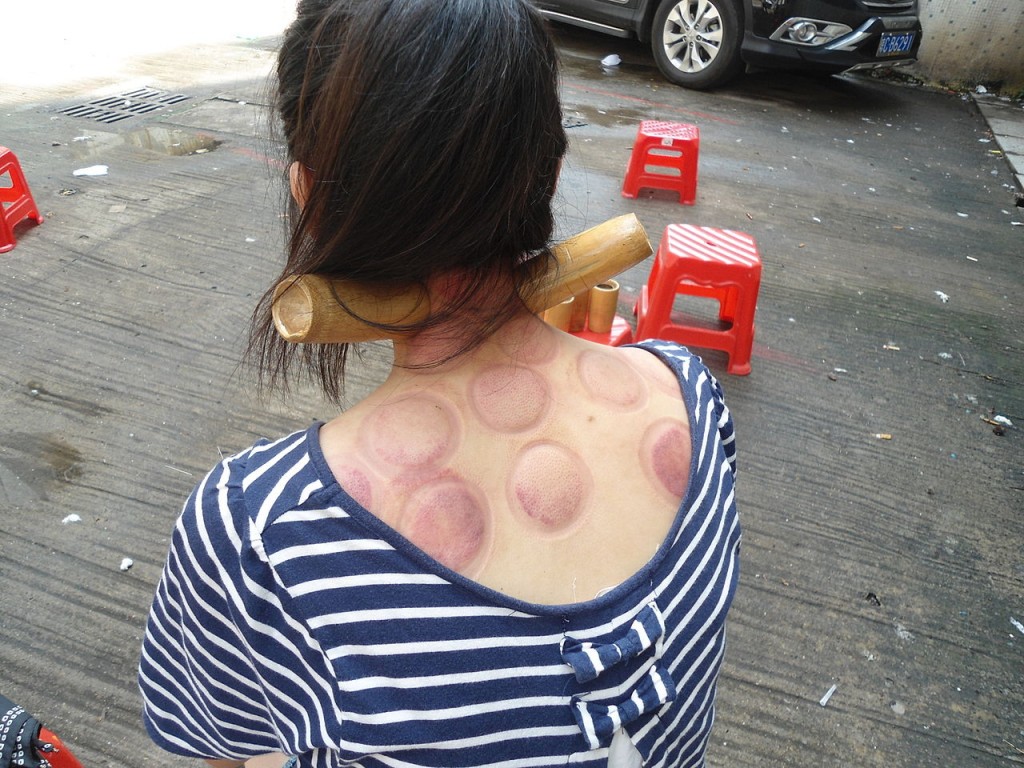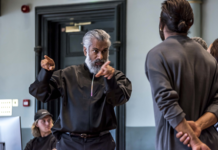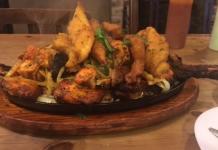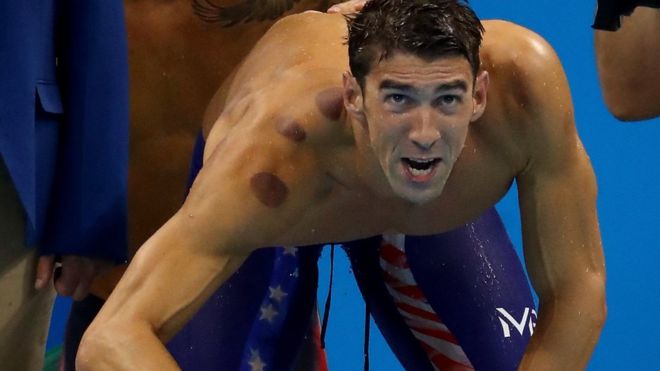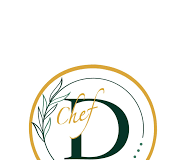Numerous Olympic athletes have been spotted sporting large red and purple circular bruises dotted around their body. The bruises are the result of an ancient Islamic medical traditional known as ‘cupping’ which is thought to heal fatigued muscles and relieve pain.
Where did Cupping come from?
The earliest known instances of cupping dates back to 3000 BC Egypt. It then gained widespread recognition when advocated by Prophet Muhammed in The Prophet’s Medicine guide. Since then, it is has spread across Asia, China and Europe and has now found renewed popularity thanks to the Rio Olympics.
What is it out and how does it work?
Cupping is a fairly complicated process that involves forcing blood to rush to bruised areas in order to speed up growth and healing.
The technique is a form of acupuncture and is implemented using fire, glass and a lot of pain.
Firstly, a glass cup is filled with a flammable liquid. The liquid is then set alight and quickly placed onto the skin. As the flame eats up the oxygen a vacuum is created and after the flame goes out, the vacuum creates suction, sticking the glass to the skin.
The skin is pulled away from the body which rapidly draws blood to the area in order to heal it. The reddish-purple bruises are caused by ruptured capillaries and last for about four days.
Does it work?
There have been many fad recovery techniques used over the years. At the London 2012 games, many athletes were seen using kinesiotape, colored strips wrapped about their body. They were believed to enhance performance and promote healing- but now, kinesiotape is a thing of the past, having fizzled out of popularity.
Cupping is considered a pseudoscience by some, a legitimate science by others and it’s never really been proved to work or not.
It is thought cupping might just a placebo that causes athletes to perform well due to the psychological belief they will perform well.
Over 3000 tests were conducted on cupping, none of which resulted in conclusively positive results.
Regardless, seeing huge sporting stars like Michael Phelps breaking gold records with huge cupping signs all over his body is only driving interest in cupping among fellow athletes and the general public.
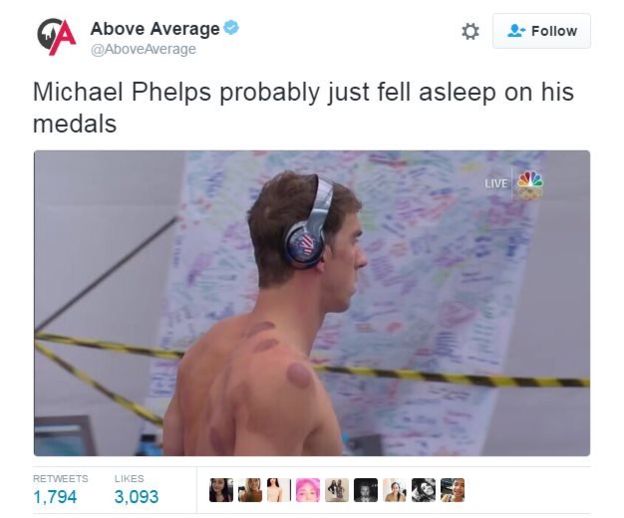
As a form of alternative medicine, it has not been extensively studied and therefore the risks are murky.
Prof David Colquhoun, a pharmacologist from University College London calls it “hocus pocus” and told the BBC “it’s just pulling up a bit of skin, it is not going to affect the muscle to any noticeable extent.”
